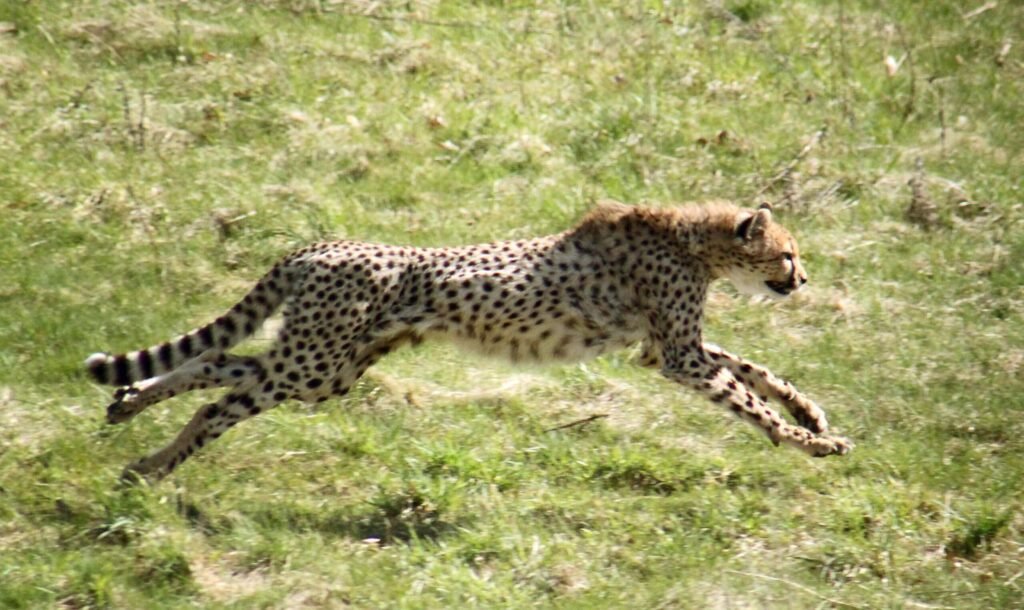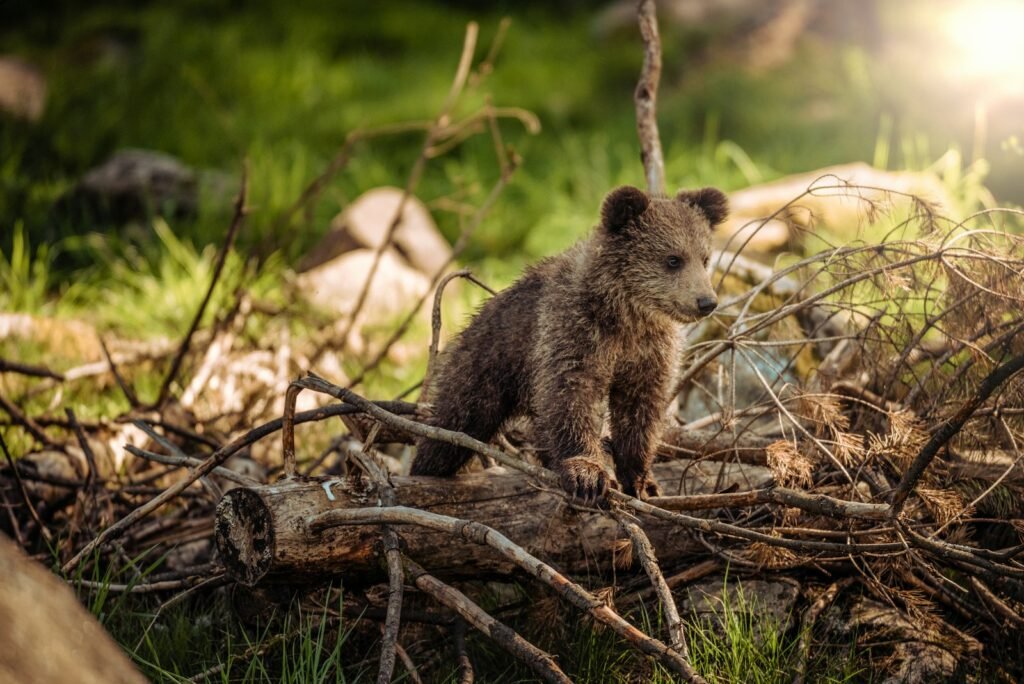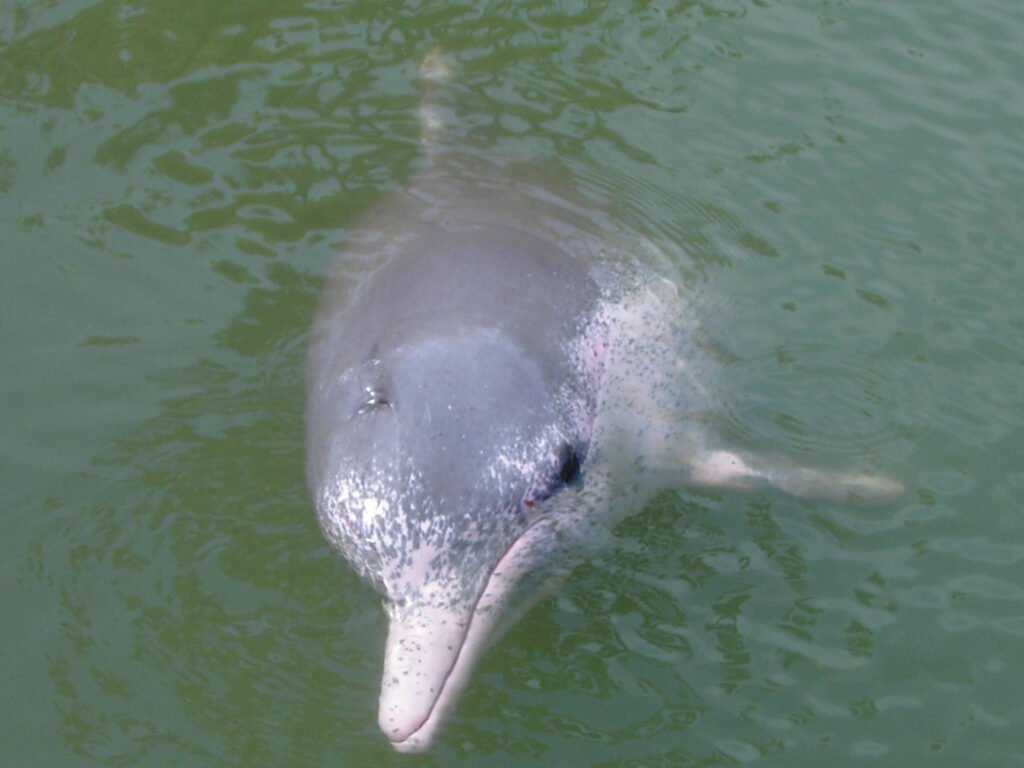Nature is a master engineer, crafting creatures that push the boundaries of speed and agility. From the vast savannahs to the deep blue oceans, the animal kingdom teems with speed demons, each uniquely adapted to outrun predators or capture prey. The intricate design of these swift beings reflects a complex interplay of anatomy, environment, and evolution, showcasing nature’s unparalleled ingenuity. So, how exactly has Mother Nature managed to create such breathtaking speedsters? Let’s unravel the secrets behind the fastest animals on our planet.
The Peregrine Falcon: Aerial Speed Demon
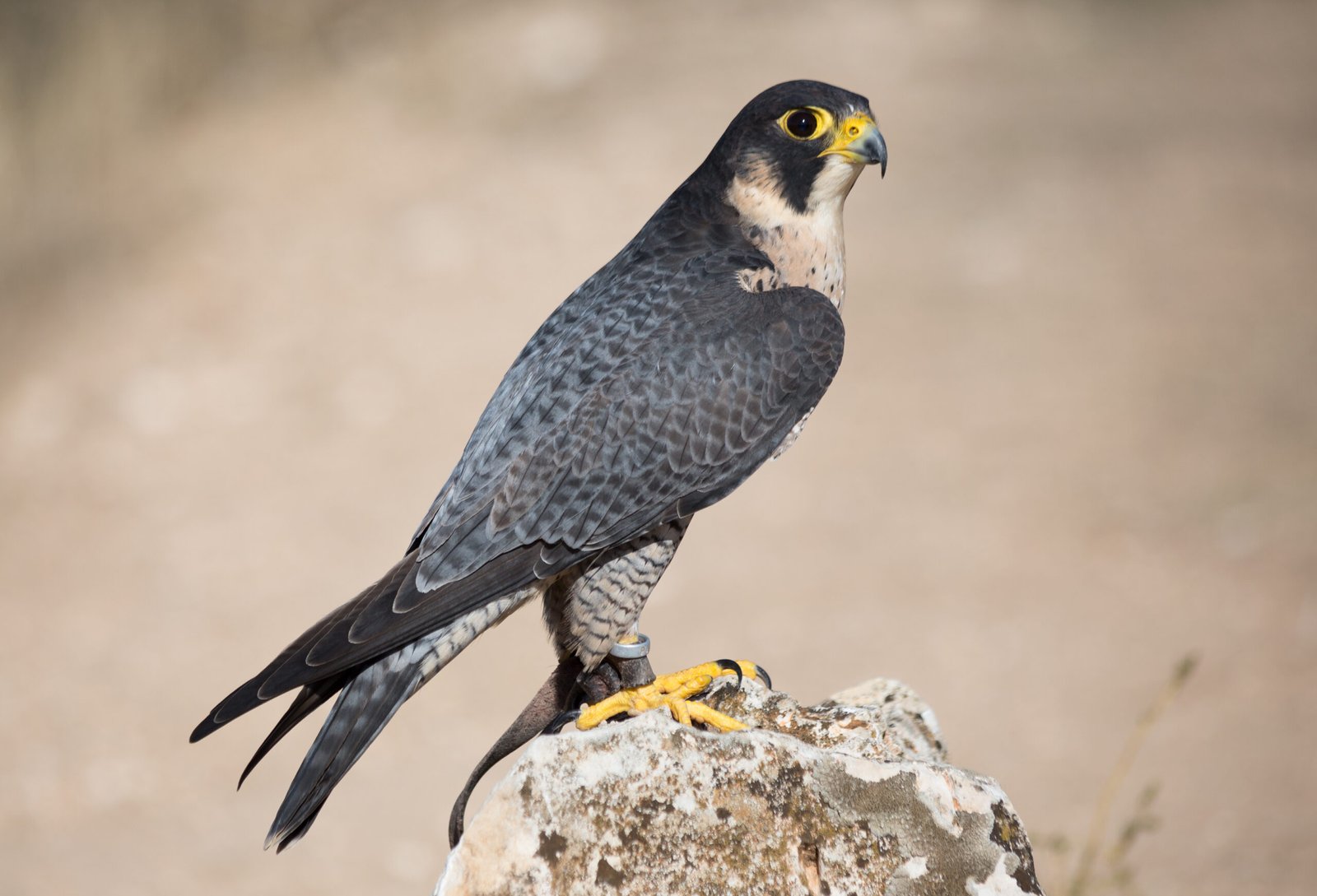
The peregrine falcon is the undisputed champion of the skies, reaching speeds of up to 240 miles per hour during its iconic hunting stoop. This incredible velocity is achieved through a combination of physiological and anatomical adaptations. The falcon’s streamlined body reduces air resistance, while its powerful breast muscles enable rapid wingbeats. Additionally, the falcon’s keen eyesight allows it to spot prey from great distances, ensuring a successful hunt. This bird’s ability to dive at such breakneck speeds is a testament to nature’s engineering prowess.
Cheetah: The Land Speed Record Holder
On land, the cheetah reigns supreme, capable of accelerating from 0 to 60 miles per hour in just a few seconds. This feline’s slender body, long legs, and flexible spine contribute to its remarkable sprinting ability. Its large nasal passages and lungs facilitate increased oxygen intake, while its oversized adrenal glands provide an adrenaline boost for short bursts of speed. The cheetah’s semi-retractable claws offer enhanced grip, allowing it to make sharp turns even at high speeds. This perfect blend of features enables the cheetah to chase down its prey with unparalleled efficiency.
Sailfish: The Ocean’s Swift Swimmer
Underwater, the sailfish is the epitome of speed, darting through the ocean at speeds up to 68 miles per hour. Its sleek, torpedo-shaped body minimizes drag, allowing it to slice through water effortlessly. The sailfish’s long, slender bill acts like a sword, cutting through the water and helping it hunt schools of smaller fish with precision. Its large dorsal fin, or sail, can be raised or lowered to provide stability and maneuverability, making it a formidable predator in the marine world. These adaptations make the sailfish a true marvel of oceanic engineering.
Pronghorn Antelope: Speed and Stamina
In the open plains of North America, the pronghorn antelope stands out for its incredible speed and stamina. Although not as fast as the cheetah in short sprints, the pronghorn can sustain speeds of up to 55 miles per hour over long distances. Its lightweight skeleton, powerful muscles, and large lungs enable it to cover vast stretches of land with ease. Unlike other speedy animals, the pronghorn’s heart is exceptionally large, ensuring a steady supply of oxygen to its muscles. This unique combination makes the pronghorn a master of endurance and speed.
Dragonfly: The Agile Aerial Acrobat
While not traditionally thought of as a speedster, the dragonfly boasts one of the most agile and efficient flight patterns in the animal kingdom. Capable of reaching speeds of up to 35 miles per hour, dragonflies can hover, fly backward, and change direction with astonishing precision. Their two sets of wings can operate independently, allowing for unparalleled maneuverability. The dragonfly’s compound eyes provide a 360-degree view, making it a formidable predator of the insect world. This intricate design showcases nature’s ability to engineer both speed and agility in even the smallest of creatures.
Black Marlin: Ocean’s Speedy Giant
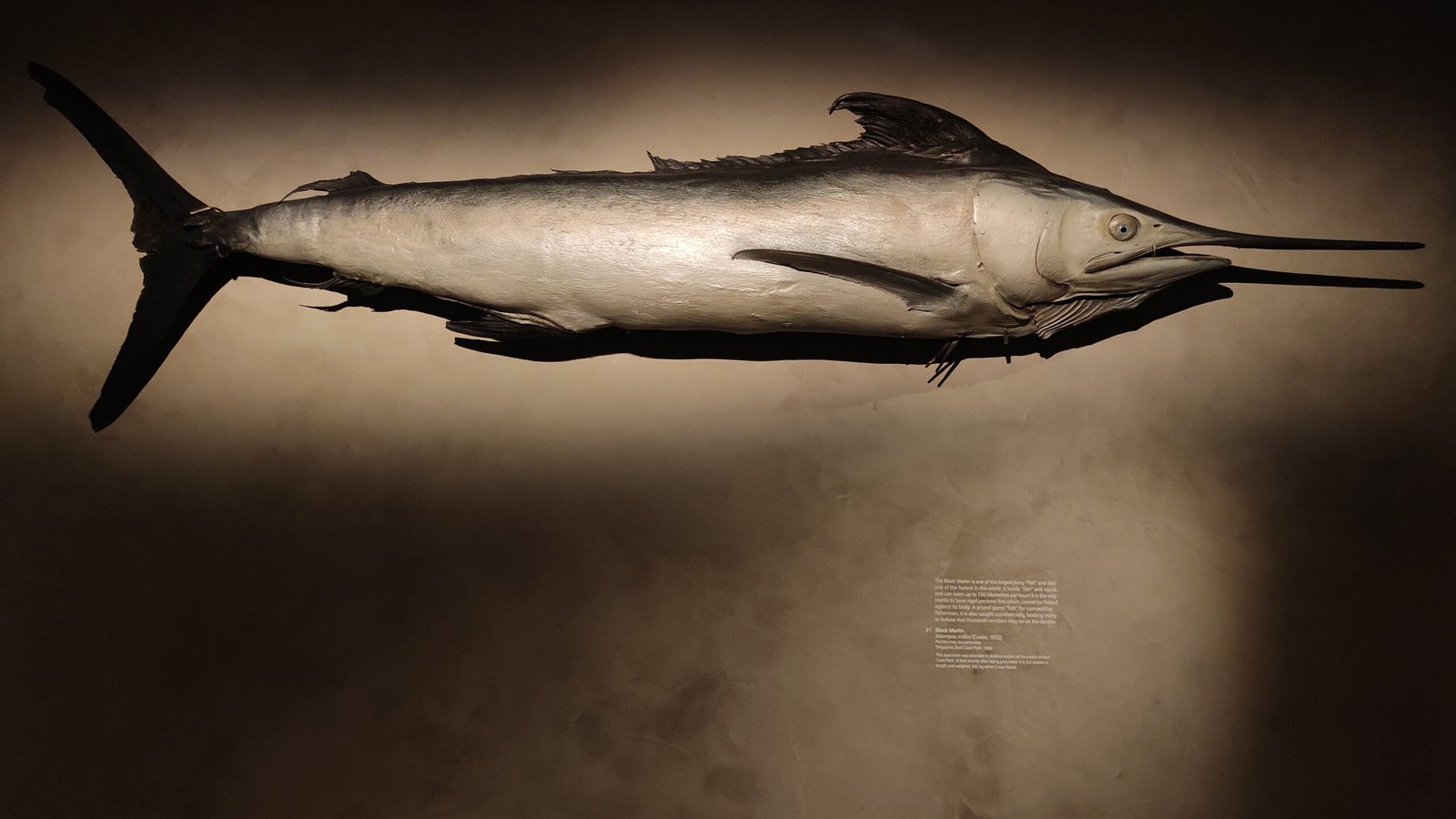
The black marlin is another oceanic marvel, capable of reaching speeds of up to 82 miles per hour. Its streamlined body and muscular tail allow it to propel through the water with ease. The marlin’s elongated bill reduces drag and helps it slice through schools of fish. Its robust musculature and large fins offer exceptional maneuverability, making it a dominant force in the sea. The black marlin’s design is a testament to nature’s ability to create creatures that excel in both speed and power.
Greyhound: Man’s Fastest Friend

Among domestic animals, the greyhound is renowned for its speed, capable of reaching up to 45 miles per hour. Its slender body, deep chest, and long legs are perfect for sprinting. Greyhounds have a unique double-suspension gallop, where all four feet leave the ground twice during each stride. This running style, combined with their lean build, enables them to achieve incredible speeds. Their keen sense of sight makes them adept at spotting prey, a trait that has been harnessed in greyhound racing. This breed exemplifies how nature’s engineering can be seen even in man’s best friend.
Anna’s Hummingbird: Tiny Speedster
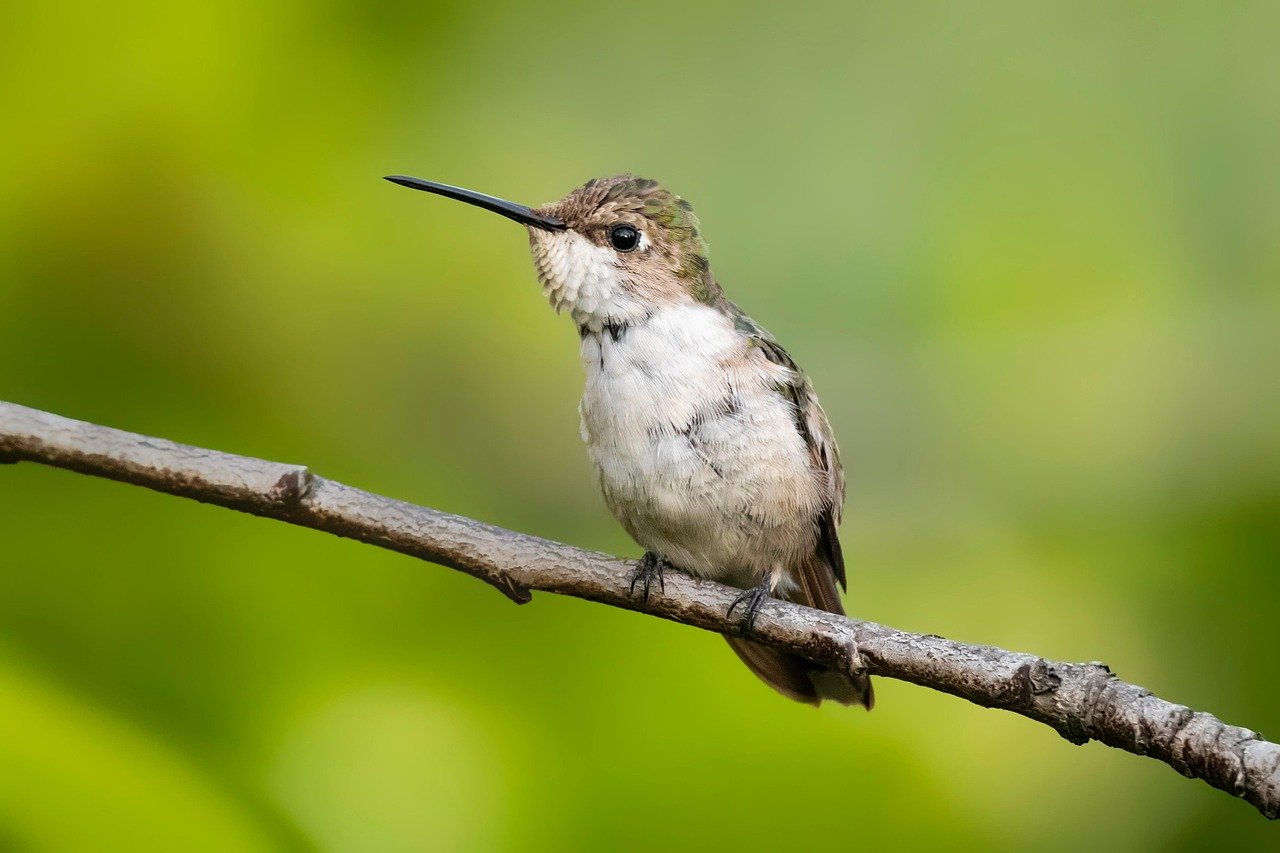
Despite its small size, Anna’s hummingbird is a powerhouse of speed and agility. This tiny bird can hover, fly backward, and even upside down, reaching speeds of up to 60 miles per hour during courtship dives. Its rapid wingbeats, averaging 50 times per second, create a buzzing sound, a signature of its presence. The hummingbird’s lightweight skeleton and powerful muscles enable it to perform acrobatic feats with ease. This miniature marvel of nature highlights how speed can be achieved in even the most diminutive of creatures.
Conclusion
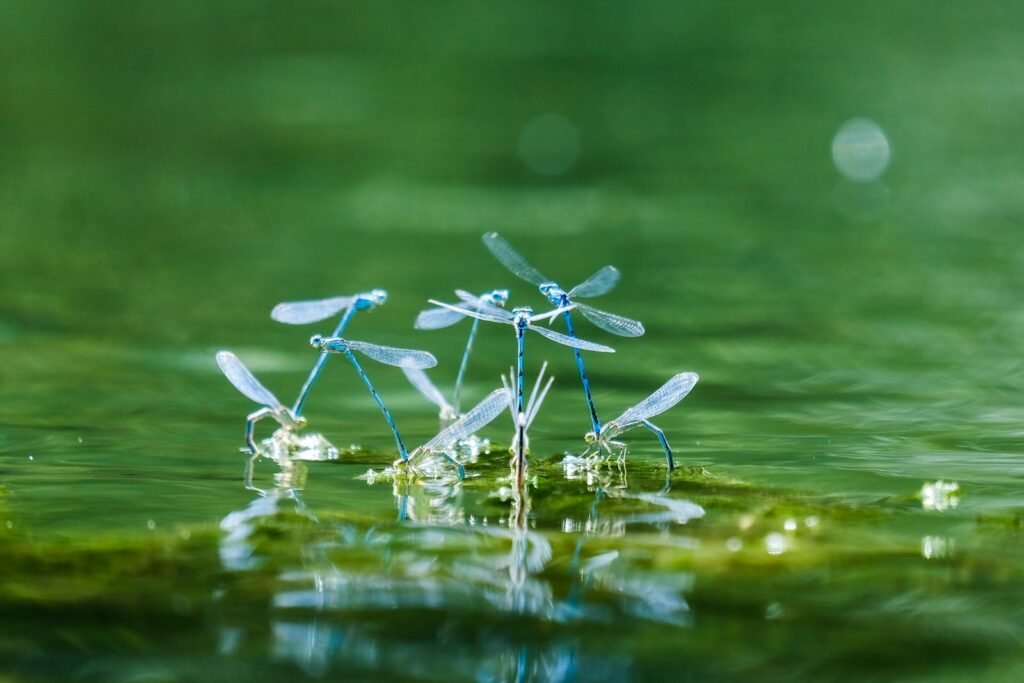
Nature’s ability to engineer such diverse and efficient speedsters is nothing short of awe-inspiring. From the skies to the oceans and everything in between, these animals showcase the incredible adaptations that have evolved over millions of years. Each creature, with its unique set of skills and attributes, serves as a reminder of the wonders of the natural world and the endless possibilities of evolution.

Leander is a fish out of water still figuring out how to use a laptop on the sea floor. He spends most of his time as a divemaster and skipper in various locations around South Africa assisting with marine research and educational outreach programs. He has a BA (Law) degree majoring in English Language and Philosophy.

